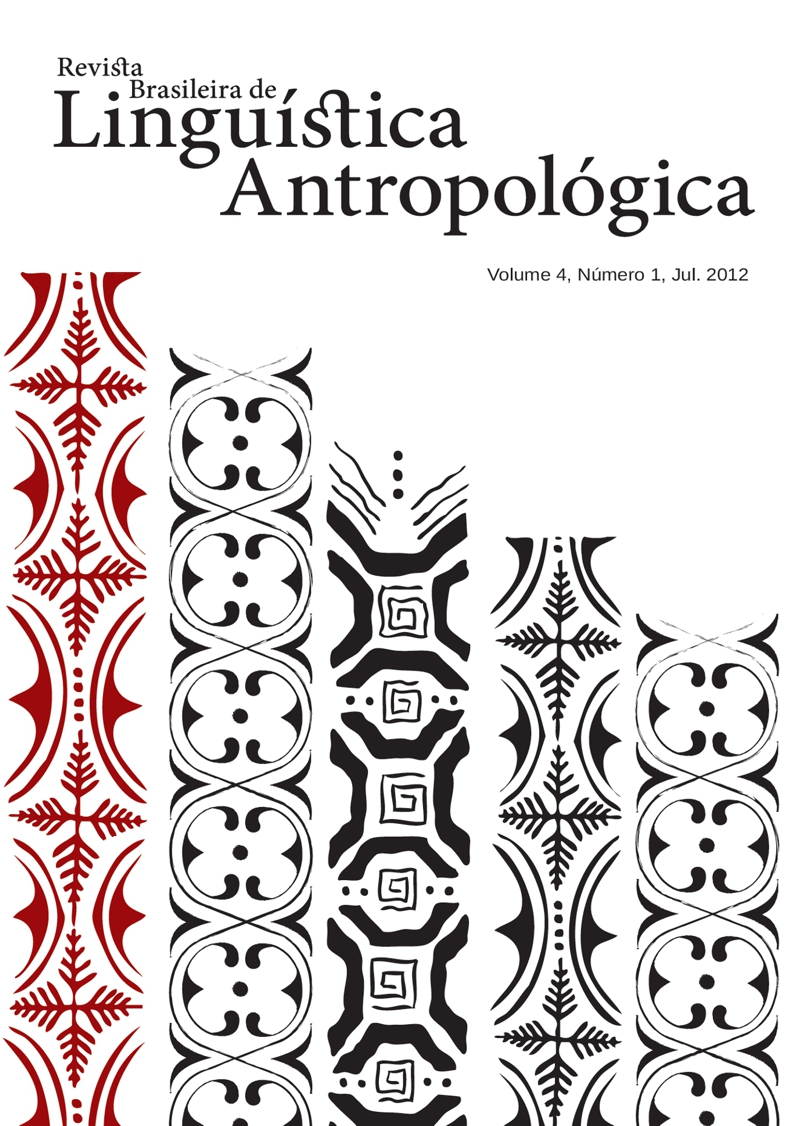Quantificadores nominais em Mawé
DOI:
https://doi.org/10.26512/rbla.v4i1.20673Keywords:
Nominal quantifiers. Plural markers. Collective markers. Mawé. Tupian Stock.Abstract
This paper presents a morphosemantic description of nominal quantifiers in Mawé. This language has two plural markers and several collective markers. The use of plural markers is determined by the semantic-referential characteristics of the pluralized entity and indicate they are perceived as units or sets of units. On the other hand, collective markers always indicate that the marked entity is perceived as a set of units, and the various semantic-referential features of these entities are represented by the markers themselves
References
Culioli, Antoine. 1975. Note sur ‘détermination’ et ‘quantification’: définition des opérations d’extraction et de fléchage. Paris: DRL Université Paris VII.
Franceschini, Dulce. 1999. La Langue Sateré-Mawé ”“ description et analyse morphosyntaxique. 297 f. Tese de Doutorado ”“ Universidade Paris VII (Denis Diderot), Paris.
Franceschini, Dulce (Coord.). 2005. Sateré Mawé pusu agkukag. Manaus: EDUA.
Martin, Robert. 1988. Reference “massive” dês unités nominales. In: Jean David e Georges Kleiber (Eds.), Termes massifs et termes comptables, Recherches linguistiques XIII:37-46. Paris: Klincksieck.
Texeira, Pery (Org.). 2005. Sateré-Mawé - retrato de um povo indígena. Manaus: UNICEF.
Rodrigues, A. D. 1984/85. Relações internas na família linguística Tupí-Guaraní. Revista Antropológica 27/28.
Downloads
Published
Issue
Section
License
Authors who publish in RBLA agree to the following terms:
a) Authors maintain the copyright and grant the journal the right of first publication, and the work is simultaneously licensed under the Creative Commons Attribution License, which allows the sharing of the work with recognition of the authorship of the work and initial publication in this journal.
b) Authors are authorized to assume additional contracts separately, for non-exclusive distribution of the version of the work published in this journal (eg, publish in an institutional repository or as a book chapter), with recognition of authorship and initial publication in this journal.
c) Authors are allowed and encouraged to publish their work online (eg, in institutional repositories or on their personal page) at any point before or during the editorial process, as this can generate productive changes, as well as increase impact and citation of the published work.










